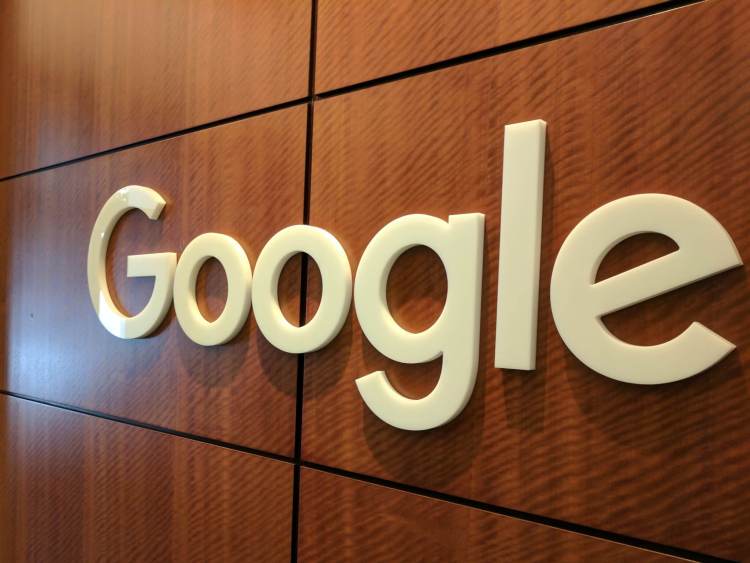About a month ago, Google announced a new addition to its AdWords platform: the Click-to-Message ad extension. After some regional testing, Google recently rolled this functionality out across the globe. Advertisers can now place a small button below their ad that, once clicked, will trigger an SMS straight to a mobile telephone number. This new feature aligns itself with the ever-more-mobile trend Google has been following over the last few years.
What made Google introduce messaging ads?
In Google’s initial statement, the company mentions that 65 percent of consumers said they would consider using messaging to connect with a business to find information about a service or product.
Recently, the 2016 Mobile Messaging Report showed that 63.9 percent of consumers want business to be contactable and available on messaging apps. Facebook’s IQ research also shows that 67 percent of consumers expect to message businesses more over the next two years.
As the data shows, consumers are becoming more and more present on mobile. Leveraging this channel with an advertisement-to-SMS feature just makes sense.
What do messaging ads mean for businesses?
This is particularly interesting for businesses who target millennials. This is the most mobile-friendly demographic (source: Business Insider). With a 97 percent open rate and messages typically read within three minutes, SMS is an effective way to communicate with customers at scale. The issue businesses may run into is not having the time to manage all the enquiries they receive via SMS.
Integrating SMS into current marketing efforts will require either a hands-on approach, with someone in charge of monitoring and replying to incoming SMS, or the use of automation.
Automating the SMS channel — chatbots and auto-responders
Chatbots and messaging automation have been a central focus in the tech industry for some years. Google’s new SMS offering means some businesses will use automation behind the messaging they deliver through this channel. Consumers who use this new ad extension will do so because they want an immediate answer to their question. Any delay in a response from the company will lower the value this new channel adds. In fact, Google mentions this in the press release by saying “a timely response to the user will help engagement.”
Everything points toward the direction of instantaneity driven by automation.
What is next?
This ad extension is exciting and will bring a new acquisition opportunity to businesses of all sizes across all industries. Not only that, it will pave the way for companies to explore mobile messaging in areas outside of advertising (delivering an automation-led SMS support or enquiry line, for instance).
There are, however, limitations.The greatest barrier advertisers may encounter is the fact that SMS is aging technology. Back in 2014, The Guardian reported the first-ever decline in the number of SMS messages sent.
We all know what has been outpacing SMS growth: messaging apps. In 2015, messages delivered through WhatsApp alone overtook the number of SMS sent. So, what’s next? We should expect Google to introduce an option similar to the click-to-message extension but integrated with its brand new messaging application — Allo.
Whatever the future may hold for this ad extension, or for Google’s Allo, the birth of a new acquisition channel is an exciting opportunity for business and consumer alike.


